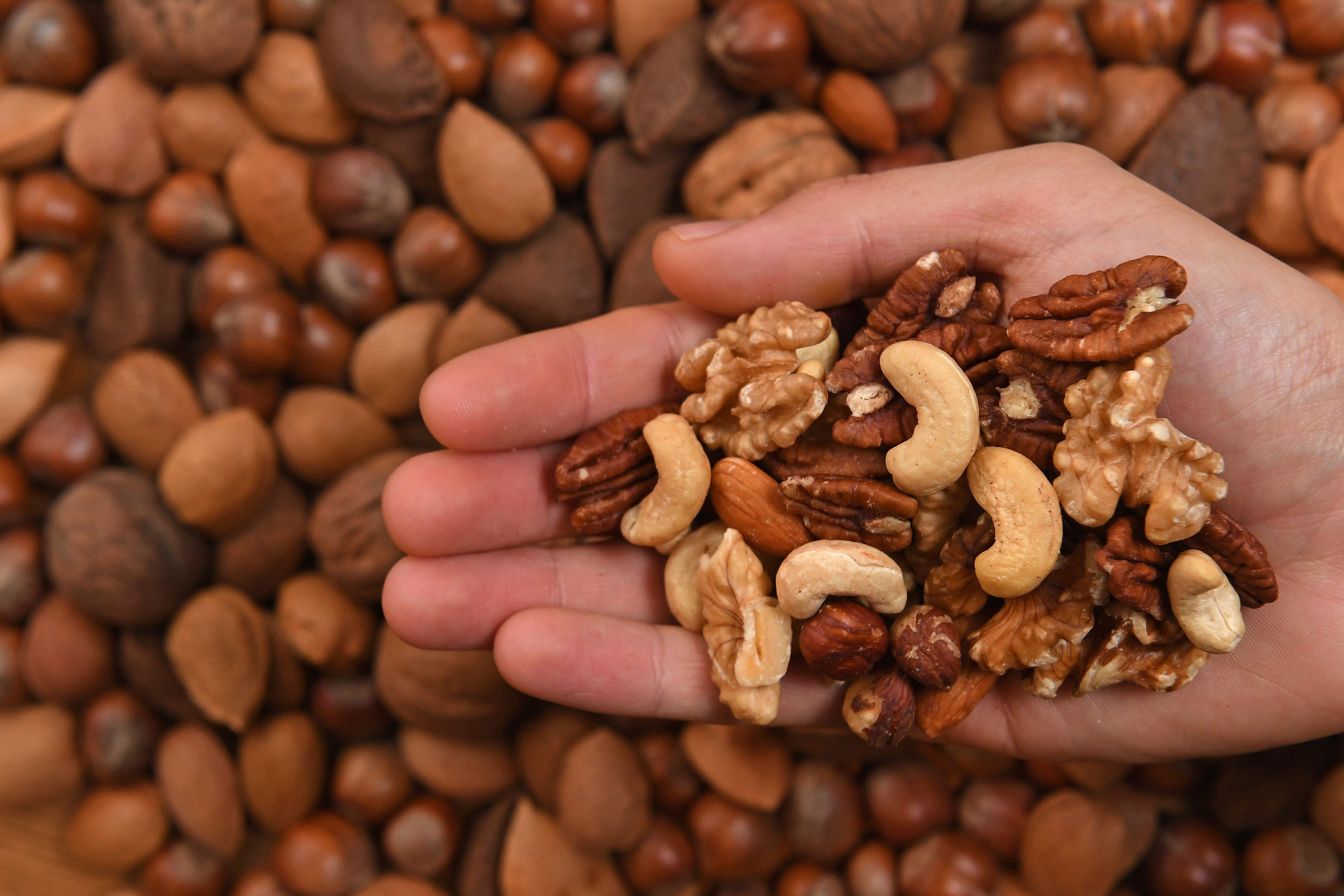
King Charles is backing a new initiative to tackle food allergies in schools after research found many teachers lack awareness training.
The Allergy School programme was set up in 2019 by the Natasha Allergy Research Foundation.
The foundation itself was founded in 2016 following the death of British teen Natasha Ednan-Laperouse in Nice. The 15-year-old died after eating a baguette with sesame seeds — to which she was allergic — baked into the dough.
The Allergy School programme was developed in collaboration with the King’s Foundation.
It aims to equip teachers with the know-how to manage food allergies in students.
“Improving understanding of this issue is so important for keeping children with food allergies safe and ensuring they are able to participate fully in activities at school or in our wider communities,” King Charles says.
How much do you know about allergies? To help, we’ve consulted an expert who has identified the most common food allergies in children and the key symptoms to watch for.

What are the most common food allergies in children?
“The most common food allergens in children include milk, eggs, peanuts, tree nuts (e.g., almonds, cashews), sesame, soy, wheat, fish and shellfish,” says Helen Brough, professor in paediatric allergy and medical adviser to the Natasha Allergy Research Foundation.
What are some signs that might indicate a child has a food allergy?
1. Swelling
“Puffiness around the lips, face, or eyes can indicate an allergic reaction,” says Brough.
2. Hives or skin rash
“Red, itchy, raised spots can appear shortly after eating,” notes Brough.
3. Sneezing or nasal congestion
“Allergic rhinitis symptoms like a runny nose can also appear,” says Brough.
4. Itchy mouth or throat
“People may experience mild irritation [in the mouth or throat] after eating certain foods, like fresh fruits or nuts,” says Brough.
5. Stomach issues
“Nausea, vomiting, diarrhoea, or stomach cramps may also occur,” adds Brough.
6. Breathing problems
“Coughing, wheezing, or trouble breathing could signal a serious reaction,” says Brough.
7. Dizziness or fainting
“In severe cases, a drop in blood pressure may cause weakness or collapse,” highlights Brough.
8. Delayed signs
“There are two types of food allergy — immediate (mediated by the IgE antibody) which cause the symptoms described above, and delayed (non-IgE mediated),” explains Brough. “In delayed food allergy, more delayed, persistent signs can be present, like eczema, vomiting, stomach pains, loose or mucousy bowel motions.”
How quickly do allergic reactions come on after consuming food?
An allergic reaction can last anywhere from a few minutes to several days, depending on the severity and type of reaction.
“IgE mediated reactions usually occur within minutes to two hours after eating the allergen,” explains Brough. “Severe reactions, like anaphylaxis, can happen quickly, within 30 minutes.
“Delayed food allergic reactions can come on up to 72 hours after eating the food.”
How can parents find out which food their child is having allergic reactions to?
“Parents can keep a food diary to track meals and symptoms,” says Brough. “A paediatric allergy specialist can perform tests, such as a skin prick test or specialist allergy blood test, to identify specific food allergens.
“In some cases, an oral food challenge (where the child is given the food to eat under medical supervision) may be recommended.”
What should parents do if their child is experiencing a serious allergic reaction?
“If the child has symptoms or signs of anaphylaxis (e.g., difficulty breathing, persistent cough, hoarse voice, swollen tongue, wheeze, suddenly sleepy, persistently dizzy or fainting), administer an adrenaline auto-injector (e.g., EpiPen or Jext) immediately and call 999 saying the word anaphylaxis,” advises Brough.
If no auto-injector is available, call 999 immediately.
“Keep the child calm and lying down until help arrives but if they are having breathing difficulties they may be allowed to sit up,” adds Brough.
“If they are no better within five minutes, use their second adrenaline autoinjector. If there are no signs of life, start cardiopulmonary resuscitation (CPR).”







